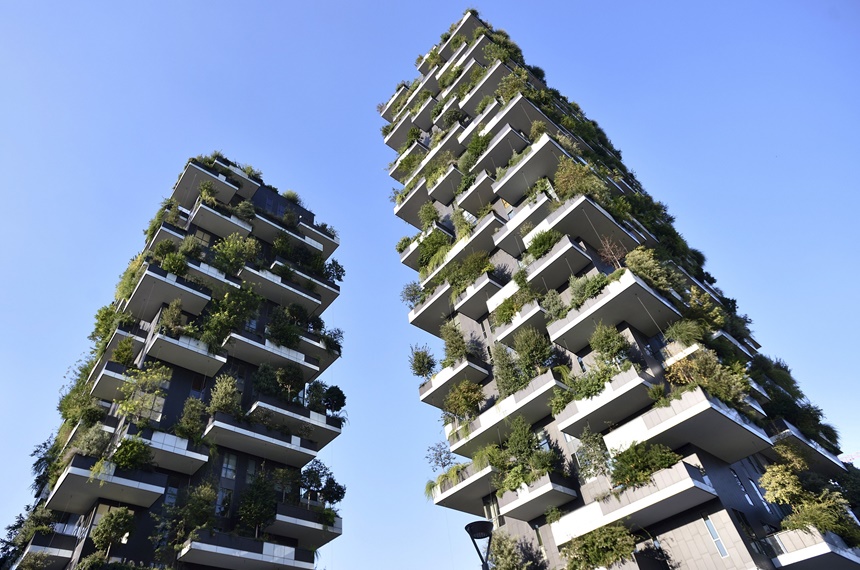
Environmental Sustainability in a Green Architecture Outlook
In recent years, the world has witnessed a radical change in consumption and production of energy. This applies generally to all countries of the world, but especially to those who until now have always had to pay a high demand for energy.
Europe, with its transition to clean energy, it is placed on an ambitious road, however many Member States have lost the index of environmental sustainability positions. Italy, for example, with an index calculated at 0.70, has lost six positions in a year, from 23 ° to 29 ° place, with good performances in the segment "Energy Access and security", but poorer on the grounds of growth and development, both for the environmental sustainability and the energy system. This is the result of wrong incentives in energy policies that have made investments in renewable energy only when the various companies have received funding and subsidies in the energy field. Fortunately, we are seeing futuristic real estate projects, which will allow to increase the environmental sustainability of countries.
The concept, that is growing more and more, is the Green Sustainability in Architectural field. The Vertical Forest, for example, is a model for a sustainable residential building, a reforestation project subway which contributes to the regeneration of the environment and urban biodiversity without expanding the city in the area. It is a model of vertical densification of nature within the city, which operates in relation to reforestation and naturalization policies of the major cities and metropolitan boundaries.
The first example of the Vertical Forest, consisting of two residential towers of 110 and 76 m high, was built in the center of Milan, in the district boundaries Island, it is home to 900 trees (each of these 3, 6 or 9 meters) and more than 20,000 plants and a wide range of shrubs and flowering plants distributed in relation to the front position towards the sun. In any Vertical Forest is present a quantity of trees that would occupy an area of 7000 square meters.
The plant system of the Vertical Forest helps to create a special microclimate, produces moisture, absorbs CO2 and dust particles and produces oxygen. Another example of Sustainable Architecture Green are the Green Roofs, investments fully depreciated in 10 years, but thanks to the economic benefits related to the ability of natural insulation of the cover, reduce the energy consumption for heating by 23% and for the cooling of 75%. This substantial saving for the conditioning of environments is due to the fact that on average one green roof maintains a temperature of 21 ° C lower than a traditional covering system.
These projects bring us back to the relationship between architecture and nature, and in particular to the fact that the architecture must not destroy or invade nature.
Author: Marco Lupis Rogges Ph.D. (LUM University)

Follow us on